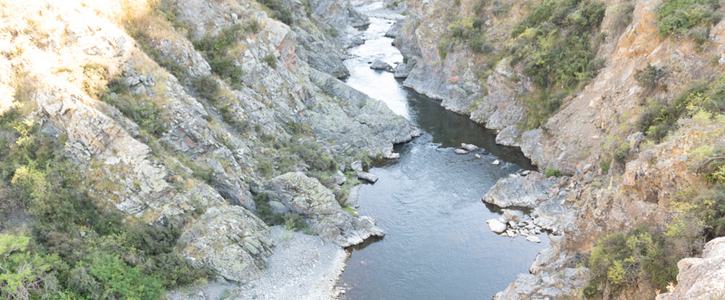100 signatures reached
To: Otago Regional Council
Increase water flow on Manuherikia River

We, the undersigned, request the Otago Regional Council implement a minimum flow of 4000 litres per second on the Manuherikia River. This minimum flow rate was not presented as an option by the Otago Regional Council. We note that the Cawthron Institute states that a minimum flow rate of 2300 l/ps is indicative of ecological stress. The Manuherikia currently has a voluntary minimum flow rate of 900 l/ps. In the absence of a best scenario for optimum river health, we support Scenario 5 of 3000 l/ps.
(https://www.odt.co.nz/rural-life/rural-life-other/dismay-flow-rate-options)
(https://www.odt.co.nz/rural-life/rural-life-other/dismay-flow-rate-options)
Why is this important?
New Zealand law stipulates a responsibility to protect and improve the health of our waterways. The role of the Otago Regional Council is to implement this policy.
For too long, private profit-driven imperatives have exploited our fresh waterways, including the Manuherikia River. These have taken precedence over environmental guardianship and the legacy we leave to future generations. This has led to extreme degradation of the river including loss of biodiversity and habitat due to river levels dropping to the extreme, largely due to agricultural and horticultural irrigation through water allocations and the exploitation of water rights attached to historical gold-mining permits.
We are well aware of the contribution farming makes to New Zealand’s economy. However, we are also well aware that the financial costs of environmental degradation caused by predominant farming practices, are never included in the financial equation. These costs will be borne by our children and grandchildren. (Mike Joy https://www.rnz.co.nz/news/on-the-inside/440120/polluted-waterways-why-are-we-subsidising-environmental-harm)
Rather than posing river health and farming in an adversarial context, the better question to ask and explore is: what forms of farming are best aligned to optimum river health?
Examples abound here in New Zealand and overseas (particularly Australia/see Charles Massy) of low input farming practices suited to dry land, drought-prone regions which are both sustainable and profitable, that maintain and improve soil health and structure, leading to improved water holding capacity, a decrease in soil erosion, and minimising the need for irrigation. (see also Alan Savory, James Rebanks, Bill Mollison, Masanobu Fukuoka to name a few). Such regenerative and organic approaches to land and resource management prove that environmental guardianship is entirely possible and can be compatible with agriculture and horticulture.
The predominant extractive farming model is not sustainable in the short-term, and certainly not in the long-term. As responsible citizens, we must acknowledge that nature has limits, but within those limits, there is an abundance of space for innovative, visionary and long-term practical land and water use.
For too long, private profit-driven imperatives have exploited our fresh waterways, including the Manuherikia River. These have taken precedence over environmental guardianship and the legacy we leave to future generations. This has led to extreme degradation of the river including loss of biodiversity and habitat due to river levels dropping to the extreme, largely due to agricultural and horticultural irrigation through water allocations and the exploitation of water rights attached to historical gold-mining permits.
We are well aware of the contribution farming makes to New Zealand’s economy. However, we are also well aware that the financial costs of environmental degradation caused by predominant farming practices, are never included in the financial equation. These costs will be borne by our children and grandchildren. (Mike Joy https://www.rnz.co.nz/news/on-the-inside/440120/polluted-waterways-why-are-we-subsidising-environmental-harm)
Rather than posing river health and farming in an adversarial context, the better question to ask and explore is: what forms of farming are best aligned to optimum river health?
Examples abound here in New Zealand and overseas (particularly Australia/see Charles Massy) of low input farming practices suited to dry land, drought-prone regions which are both sustainable and profitable, that maintain and improve soil health and structure, leading to improved water holding capacity, a decrease in soil erosion, and minimising the need for irrigation. (see also Alan Savory, James Rebanks, Bill Mollison, Masanobu Fukuoka to name a few). Such regenerative and organic approaches to land and resource management prove that environmental guardianship is entirely possible and can be compatible with agriculture and horticulture.
The predominant extractive farming model is not sustainable in the short-term, and certainly not in the long-term. As responsible citizens, we must acknowledge that nature has limits, but within those limits, there is an abundance of space for innovative, visionary and long-term practical land and water use.
How it will be delivered
This submission will be delivered to the Otago Regional Council on 18 June, by email and in person.

